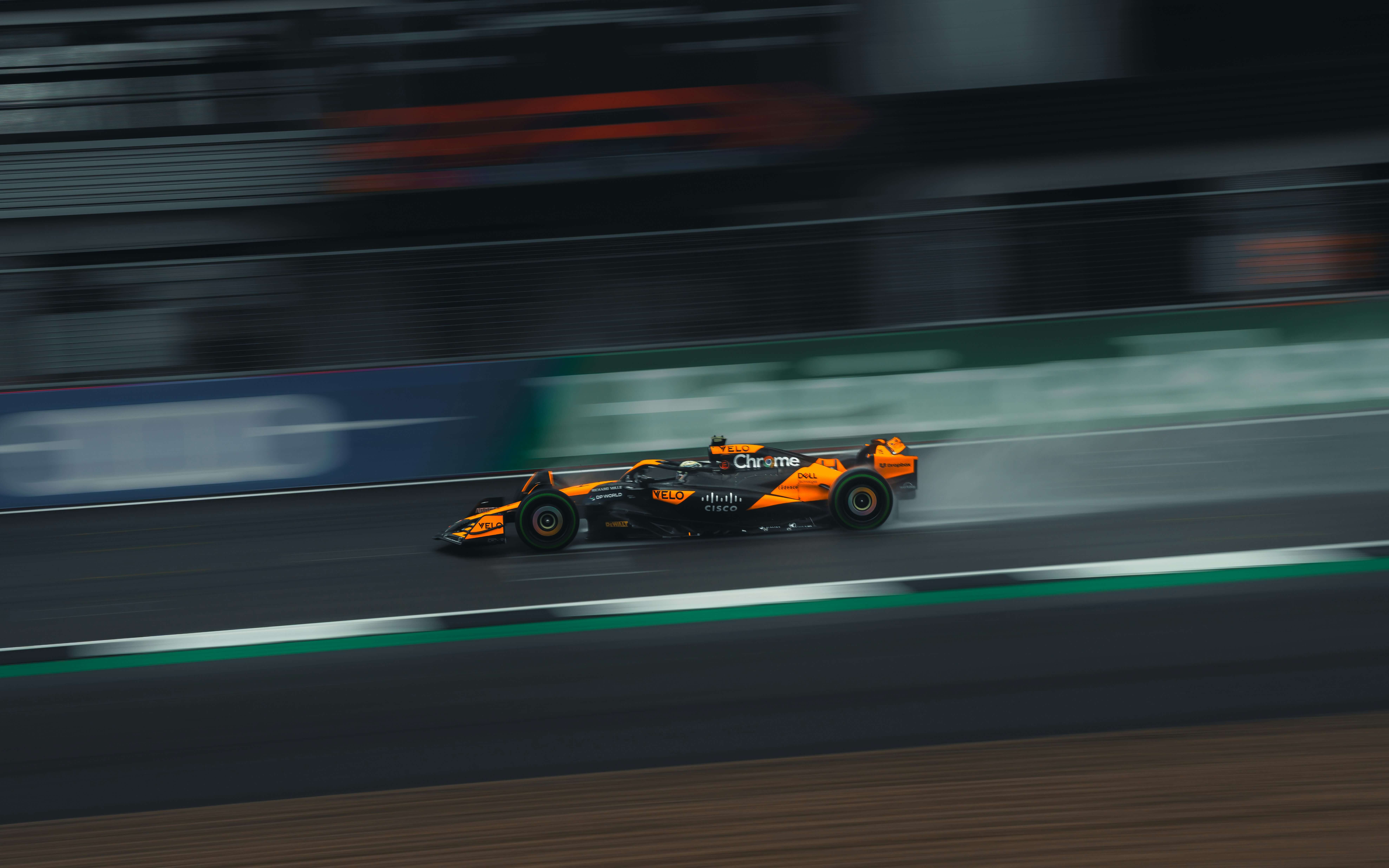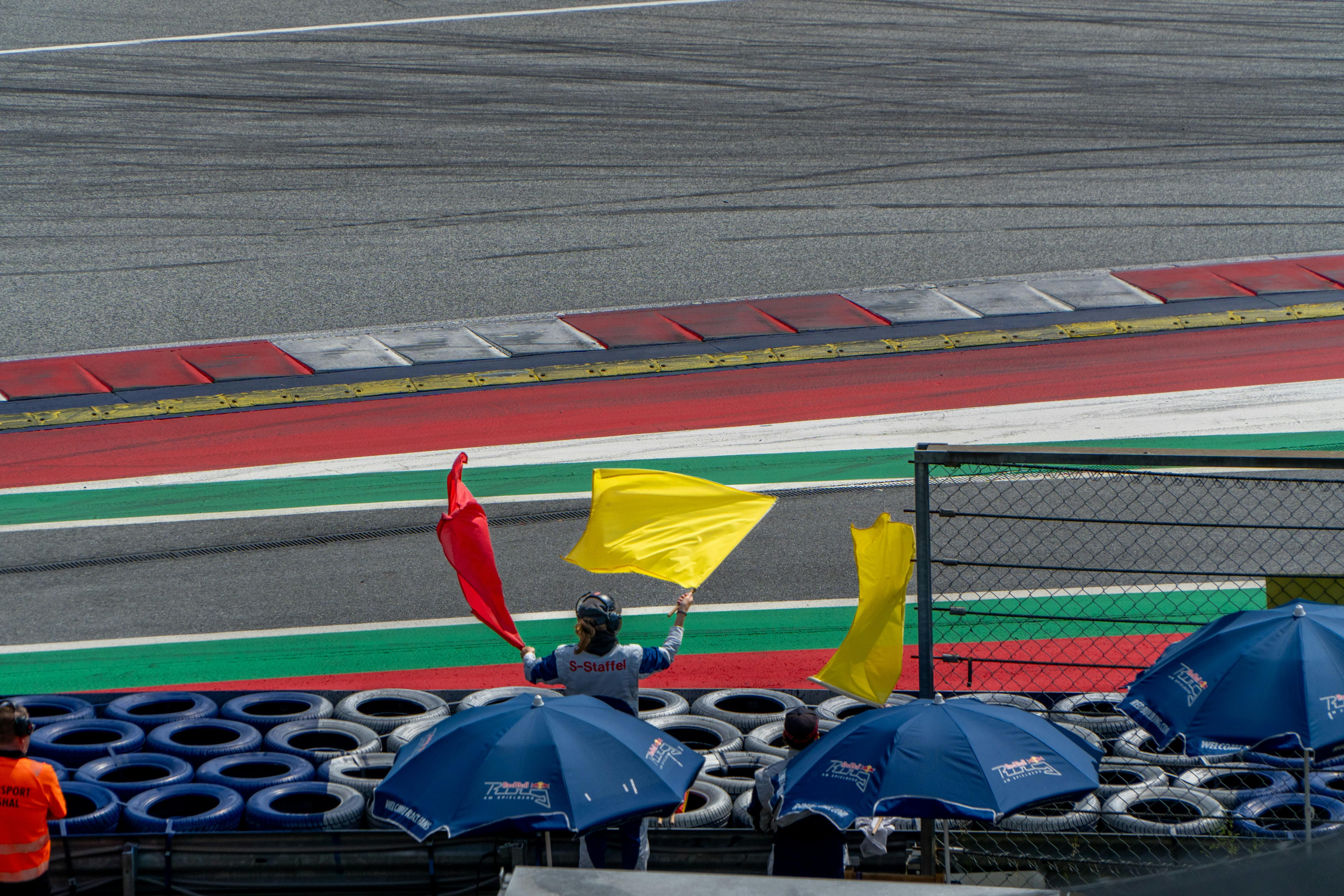How does F1 work?
- 5 minsWhen you think of Formula 1, you might picture the deafening roar of engines, sleek cars darting around corners, and a finish line filled with waving checkered flags. But a Grand Prix weekend is so much more than just the race itself. It is a full-on festival of speed, strategy, and excitement that stretches over several days.
Let’s dive into the world of F1 and see what really goes down before, during, and after the race.

The Grand Prix Weekend: A Festival of Speed
Although the main race typically takes place on Sunday, an F1 weekend truly starts much earlier. Teams and drivers begin with practice sessions that usually spread over Friday and Saturday. These sessions allow them to get a feel for the track, test different setups, and experiment with tire strategies.
Once practice is complete, it is time for qualifying.
Qualifying: Fighting for Pole Position
Qualifying is a high-stakes battle where every driver aims to set the fastest lap time. It is split into three knockout rounds: Q1, Q2, and Q3. Drivers who survive each knockout stage keep advancing, and the fastest driver at the end earns the coveted pole position, starting at the front of the grid. The others line up behind based on their qualifying times, setting the stage for race day.
Race Day: The Big Event
About 40 to 50 minutes before the race begins, the cars are moved from the garages to their designated spots on the grid. Mechanics and engineers stay busy making final tweaks. The grid itself often buzzes with celebrities, athletes, and special guests, adding even more glamour to the spectacle.
Then comes the formation lap. Drivers complete a slow tour of the circuit, warming up their tires and brakes, and checking track conditions. Once they return to their grid positions and everything looks good, a green flag waves at the back of the grid.
Next comes the moment everyone waits for: the start lights. Five red lights come on one after another, and once they go out, the race is on!
Why Red Lights Instead of Green?
Interestingly, drivers do not actually look directly at the lights. They watch them from the corners of their eyes and focus on the track instead. Since they react faster to red lights turning off than waiting for a green light, the green was eventually scrapped.
How Long Is an F1 Race?
Simple math decides it. The race must cover at least 305 kilometers. Divide that by the track length and round up to get the total number of laps. There is a catch though. If there are delays, the race cannot exceed two hours of actual running time.
When the checkered flag waves, the first driver across the line wins, and points are awarded down to 10th place. First place gets 25 points. Even the fastest lap can earn an extra point, but only if the driver finishes inside the top 10.
Sprint Weekends: A Twist on Tradition
Some weekends are even more thrilling with the addition of the Sprint format. Instead of multiple practice sessions, teams only get one before heading into Sprint qualifying. The Sprint itself is a short race held on Saturday, with no mandatory pit stops, and points awarded only to the top eight finishers.
While it is a shorter race, Sprint weekends can shake up the championship standings in a big way.

Flags: The Language of F1
Even with all the high-tech gear on display, Formula 1 still relies on a simple but effective system: flags. They are backed up by electronic boards and displays, but the principle remains the same. Here’s a quick guide:
- Single Yellow Flag: Slow down, no overtaking. Hazard ahead.
- Double Yellow Flag: Be ready to stop. Major hazard or track blockage.
- Full Course Yellow (FCY): Entire track under yellow conditions.
- Yellow with Red Stripes: Slippery surface due to oil or water.
- Green Flag: All clear, back to racing.
- Red Flag: Immediate stop, usually due to accidents or track conditions.
- Blue Flag: Faster car approaching; let them pass.
- Black and White Flag: Final warning for bad behavior or track limit violations.
- Black Flag with Orange Circle (Meatball): Car damage, return to pits.
- Full Black Flag: Disqualified, return to pits immediately.
- Checkered Flag: Race or session over.
Safety Car and Virtual Safety Car: Keeping It Safe
If an incident is too serious for flags alone, the Safety Car is called onto the track. The race leader must slow down and follow the Safety Car while the field bunches up behind them. No overtaking is allowed. Once the incident clears, the Safety Car exits, and the race resumes at a pace controlled by the leader until the designated point.
The Virtual Safety Car (VSC) is a newer addition. Instead of physically putting a car on track, it imposes a slow, regulated speed limit across the entire field. It is perfect for smaller incidents that still need attention but without wiping out the time gaps drivers have earned.
Wrapping Up
From practice laps to Sprint races, from waving flags to roaring starts, a Formula 1 Grand Prix is an incredible showcase of precision, teamwork, and pure racing drama. Whether it is a traditional weekend or a Sprint format, every moment builds toward that final exhilarating dash for the checkered flag.
Next time you watch an F1 race, you will know there is a whole world of action happening long before the lights even go out.
Buckle up, it is race time!